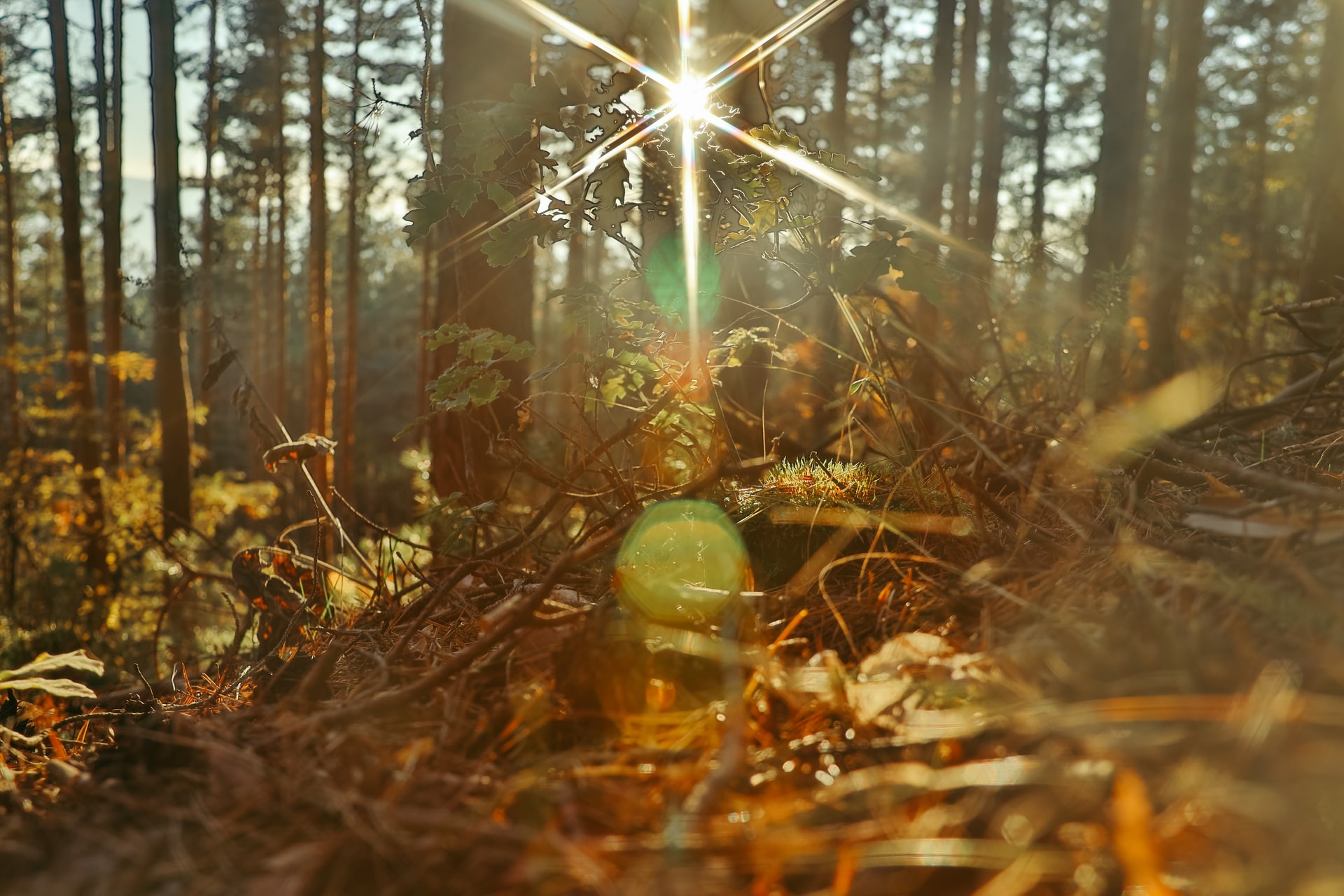by Brahidaliz Martinez

My two great aunts and I had talked about the apocalypse a while ago. The two live in the mountainous region of Puerto Rico, where a number of Afro-indigenous people live (Afro-Taino and Jibaros). “It’s always been the end of the world since the Spaniards first came,” one of my great aunts, Taca, said, her voice grainy through the video chat platform. The screen on my laptop blinked twice before staying still long enough for Taca and Arok to continue our conversation. The song of the coqui that played in the background conquered the thunderstorm raging outside my house in Maryland. I was homesick that night and thinking about The End.
I had only started to reconnect with my Afro-Taino heritage a few years ago after losing a beloved relative. That relative harbored the oral lore of our ancestors, and I remember snippets of the stories she told me when I was five and six. Our stories aren’t archived at an institution today. The loss of history leads to the loss of self. Being a post-apocalyptic geek since my pre-teen years, I now ask myself what it means to experience or survive the apocalypse without the guidance of my ancestors.
In Joshua Whitehead’s forward for his anthology Love After the End, he questions what it means to be Indigenous and Queer (Indigiqueer) or Two-Spirit during the apocalypse. In nearly every apocalyptic and disaster media taking place in America, Indigenous people are rarely mentioned. 574 First Nations exist in the US today. What will happen to them during or after an apocalyptic scenario? How will they navigate a future dystopia or utopia?
The short stories in Love After the End explore love and identity among Indigiqueer people. Stories taking place in spaceships, a far future earth suffering the consequences of climate change, and on an AI controlled ship called New America. Indigenous people making a new home for themselves either here or on another planet. In Andwànikàdjigan by Gabriel Castilloux Calderon, two ihkwewak become living archives, marking the stories of their people into their body, while imprisoned. The main character (Anishinaabe) in jaye simpson’s “The Ark of the Turtle’s Back” asks how we can build a relationship with a new planet. “How to Survive the Apocalypse for Native Girls” by Kai Minosh Pyle highlights intracommunity issues in First Nations groups like antiblackness and privilege. When this world ends, and when we settle on a new planet, we challenge traditional values and establish our own communities.
My heart soars to know that this anthology exists. Not only are Indigenous people from North America present in these stories, but their histories thrive in these future visions.
Love After the End is available from Arsenal Pulp Press. You can order your copy via Bookshop.
Brahidaliz Martinez currently lives on the border of Maryland and Washington, DC. They’re a submissions editor for Uncanny Magazine and a contributor for The Geekiary. Their hybrid chapbook Coqui’s Song is forthcoming from Mason Jar Press in 2023. Follow them on Twitter @brahidaliz.



Add your first comment to this post